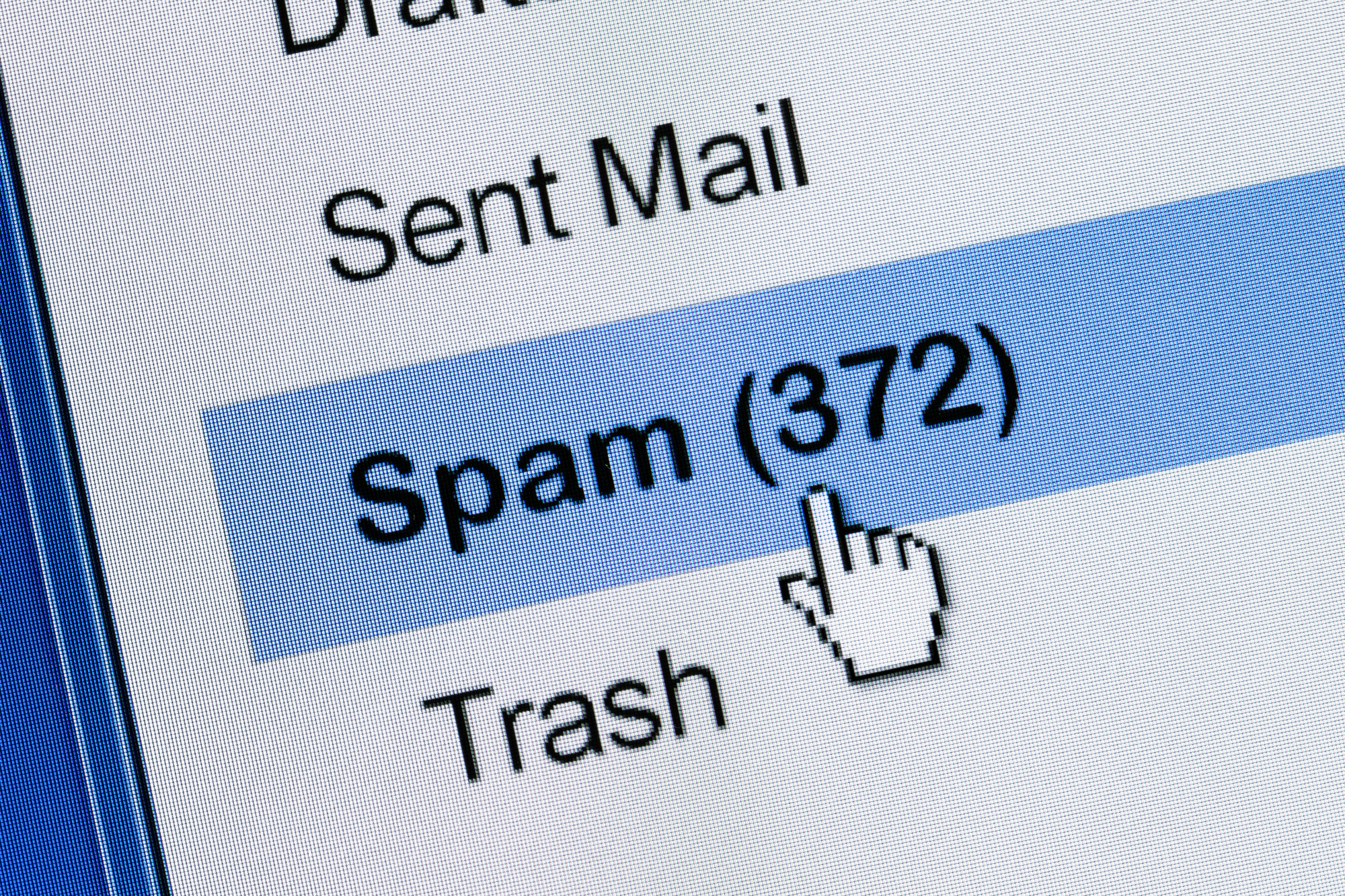
10 Ways to Reduce Spam in Your Inbox
E-mail spam is an incredible time nuisance, and it can drain valuable work time when you’re always dealing with it. It’s exhausting to wade through a cluttered inbox, especially when it’s all junk.
But, don’t accept this as an inevitable problem. There are several ways to reduce spam and clear up your inbox. To save you some hassle, check out these ten tips for reducing spam!
1. Use the Junk E-Mail Tool
Most e-mail services offer a junk mail filter, which will automatically screen incoming mail for potential spam. If it believes the e-mail to be junk, it will put it in the junk folder, and it won’t show up in your general e-mail box.
The filter is usually pretty accurate; but, there are times it may miss something or inadvertently put a non-junk e-mail into junk.
If you don’t have a junk mail filter, don’t open the spam. Simply delete it. Many senders use tiny pixels to track e-mails that are opened. By opening and viewing spam, you may increase the amount of future spam you receive.
2. Be Careful About Giving Out E-mail Addresses
Don’t give your e-mail address away unless it’s absolutely necessary. Be careful about posting your e-mail address on public websites, bulletin boards, or other places where anyone can easily view it.
Treat your e-mail address as private information. Keep in mind that every time you post your e-mail address, you increase the likelihood of receiving spam.
3. Use a Throwaway E-mail
There will be times where an e-mail address is necessary to buy something or to participate in an event. If it’s not something you want to receive future mail from, utilize a throwaway e-mail.
Throwaway e-mails are addresses that you don’t actively use for personal or professional use. It becomes your “junk” e-mail that you don’t often need to check. Plus, you can make more than one if you find it becoming overloaded.
4. Use A Third-Party Anti-Spam Filter
Anti-spam filters are great because they can save you a ton of time. Third-party anti-spam filters can screen incoming e-mails before you receive them and will only send e-mails to you that pass the spam test.
The good news is that a lot of security suites already have built-in anti-spam filters.
And if you aren’t sure how much spam you have in your inbox, make sure you check out this inbox spam testing service.
5. Review Privacy Policies on Websites
This is a critical way to prevent spam that is often overlooked. Before entering an email address for a website, you should review the website’s privacy policies.
You should pay attention to the sections on “terms and conditions,” the “privacy statement,” and “terms of use.” Look to see if the website shares e-mail addresses and how they use personal information.
6. Train Your Spam Filter
Training your spam folder is easy enough to do; it just requires consistency. Every time you find spam in your inbox, tell your mail client it’s spam before you delete it.
A lot of e-mail services provide “report spam” buttons, or something similar. Over time your spam filter will recognize these messages and automatically filter it as spam.
You can also do this the other way to prevent false positives. Every once in a while, go through your junk or spam folder and report e-mails that are not spam. This will help train your filter to be more accurate.
7. Pay Attention to Already Checked Boxes
Pay attention to boxes that are already checked whenever you are buying something online. This is a sneaky way that companies attempt to bait you into signing up for newsletters and future e-mails.
Sometimes these boxes also indicate that you’re permitting your e-mail address to be shared or be sold with third-parties. Make sure that those boxes always stay unchecked.
8. Don’t Buy Things From Spammers
No matter what, don’t ever buy things from spammers. It encourages them to send you more spam, and it also puts you at risk for malware.
Since buying things online requires entering private information, you can compromise your security and put your computer at risk for virus infections.
9. Don’t Reply to Spam
Unless you know and trust the sender, you shouldn’t ever reply to spam. It’s not helpful, and it will only confirm that your e-mail address is active. Even if you’re replying to unsubscribe, you’re likely only going to increase the amount of spam you receive from that sender.
You also shouldn’t ever click on a link or download a file from an e-mail you suspect is spam. This puts you at risk for malware and viruses.
10. Change Your E-mail Address
The last way you can reduce your spam is to change your e-mail address. You should consider this only if the spam has become overwhelming and unmanageable. If you’ve given out your e-mail address a bunch and if you’ve previously replied to spam, this may be your best bet.
However, it’s not a convenient solution, so it’s considered a last-ditch option after you’ve tried everything else. This is the most effective way to reduce your spam but will require you to inform all your contacts about the new change.
Now You Know How to Reduce Spam
Though it’s difficult to 100 percent reduce spam, these ten tips will help you drastically limit its numbers. Controlling spam saves time and helps to keep your inbox organized for legitimate contacts and e-mails.
Spending hours sifting through spam is a total waste of your time, and you shouldn’t put up with it. Try some of these tips and start reducing your spam today!
And if you’re interested in more than reducing your spam mail, check out some of the other great articles! We cover tons of cool topics, including marketing, advertising, and technology.
